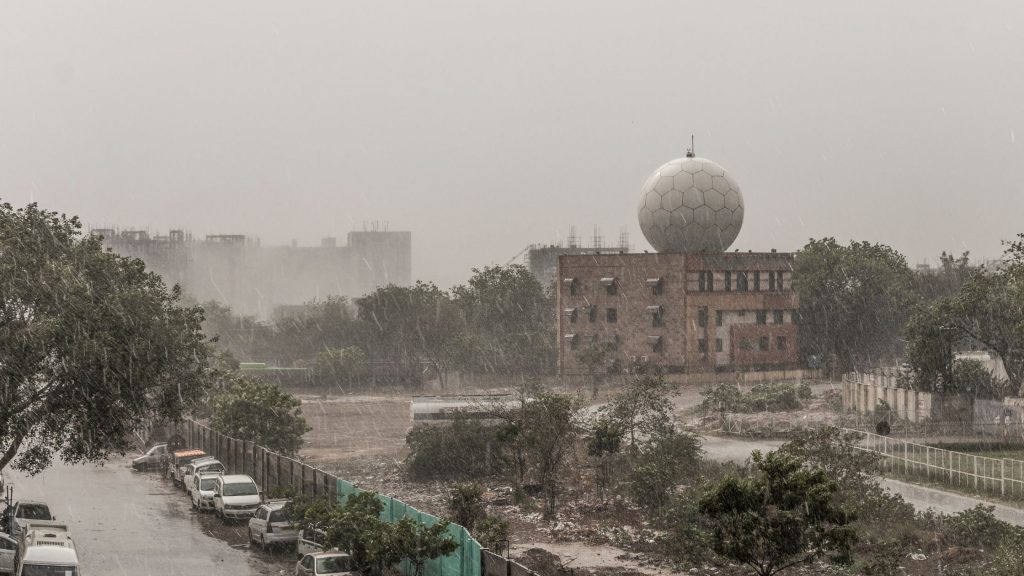Contents
Delhi’s Artificial Rain
Delhi’s Artificial Rain Initiative: Collaboration with IIT Kanpur Experts Announced by Minister Gopal Rai to Tackle Pollution During Diwali and Winter.
This year, the nationwide celebration of Diwali is slated for November 12th, and in Delhi, an official order has been issued, prohibiting the use of firecrackers during the festival. This ban is driven by the concerning levels of pollution typically exacerbated by concurrent emissions from crop stubble burning, rendering the air toxic in the capital. Nevertheless, experts argue that banning firecrackers alone may not be sufficient to effectively address the pollution issue; more stringent measures are needed.

Cloud Seeding
Cloud seeding, also known as artificial rainmaking, is a process that involves the modification of clouds to induce artificial rainfall. Various types of chemicals are used for this purpose, typically in three stages. Initially, upward air currents are directed into the targeted area to facilitate rain cloud formation. Chemicals like calcium chloride, calcium carbide, and urea are employed in this phase to enhance the cloud’s capacity for rain production.
Global Instances of Artificial Rain
Artificial rain, a significant meteorological advancement, was first developed in 1945 and has since been implemented in approximately 40 countries. Australia, for example, utilized artificial rain techniques for the first time in 1947. China notably conducted cloud seeding experiments with 21 aircraft during the 2008 Beijing Olympics. The United Arab Emirates has also employed this method to alleviate extreme heat conditions, and France and Spain have successfully implemented artificial rain strategies.
Artificial Rain in Delhi
In an effort to combat the imminent threat of pollution during Diwali and the winter season, the Delhi Government has incorporated a novel strategy. If all goes as planned, the residents of Delhi may witness artificial rain for the first time. To bring this ambitious endeavor to fruition, the government is enlisting the expertise of IIT Kanpur. It’s worth noting that the concept of artificial rain has been proposed annually, and if a consensus is reached on this matter, the possibility of inducing artificial rain in Delhi through aircraft or balloons could become a reality.
Artificial Rain Creation in India
In India, the Tata Group achieved artificial rain creation in 1951. Subsequently, during the drought of 1993-94, artificial rain was employed as a drought mitigation measure in Tamil Nadu. Further instances of artificial rain production occurred in 2003-04, and in 2008, the method was utilized in 12 districts of Andhra Pradesh. Experts from the Indian Institutes of Technology (IIT) have noted that artificial rain creation is relatively manageable before and during the monsoon season, but it poses challenges during the winter months due to lower moisture levels in the clouds at that time.
Leave a Reply